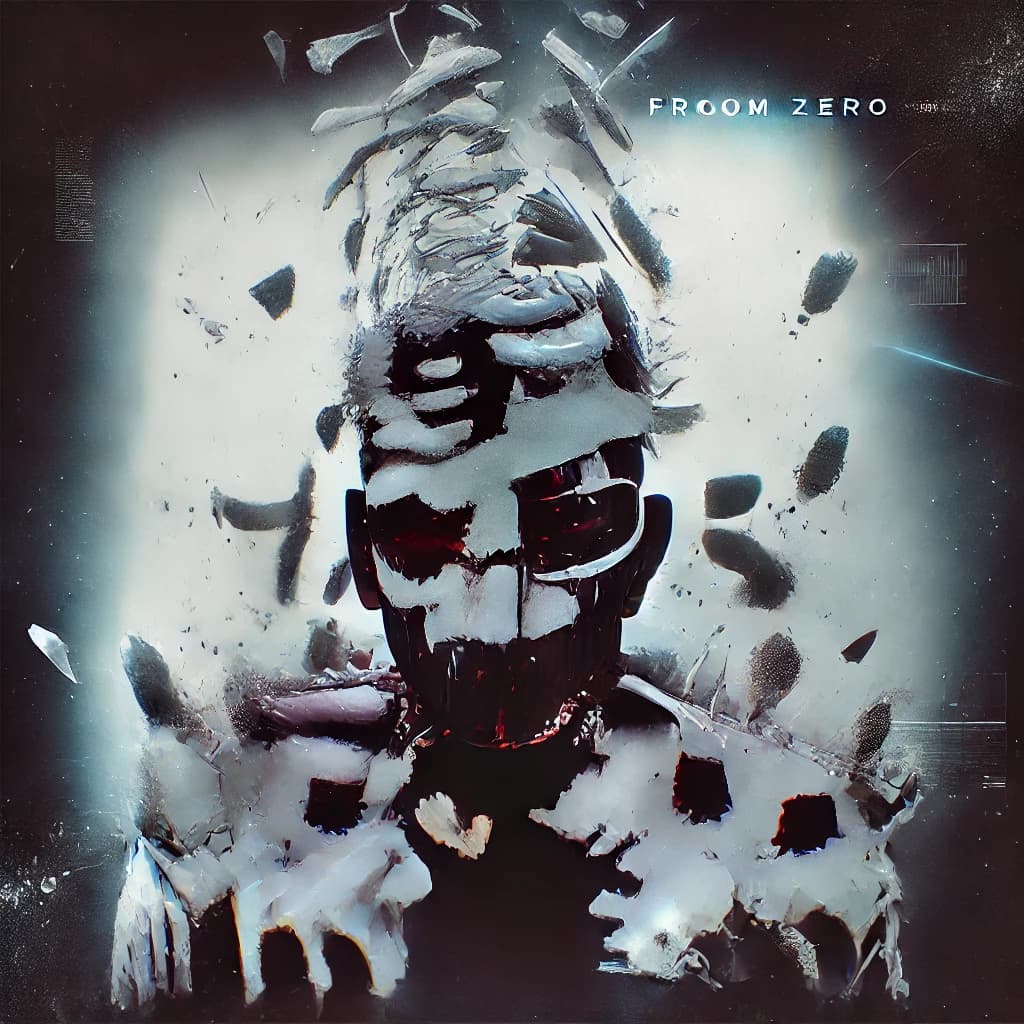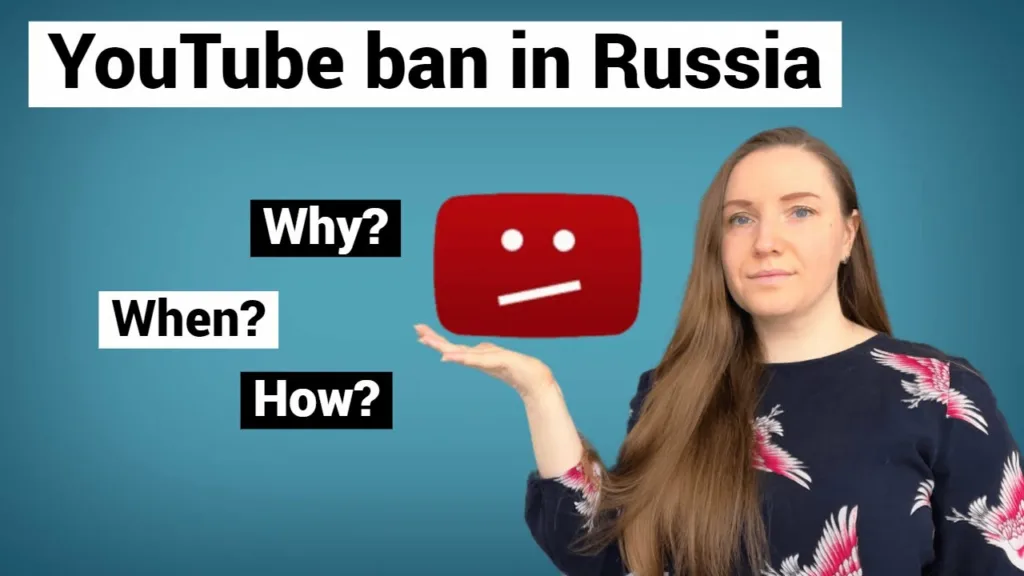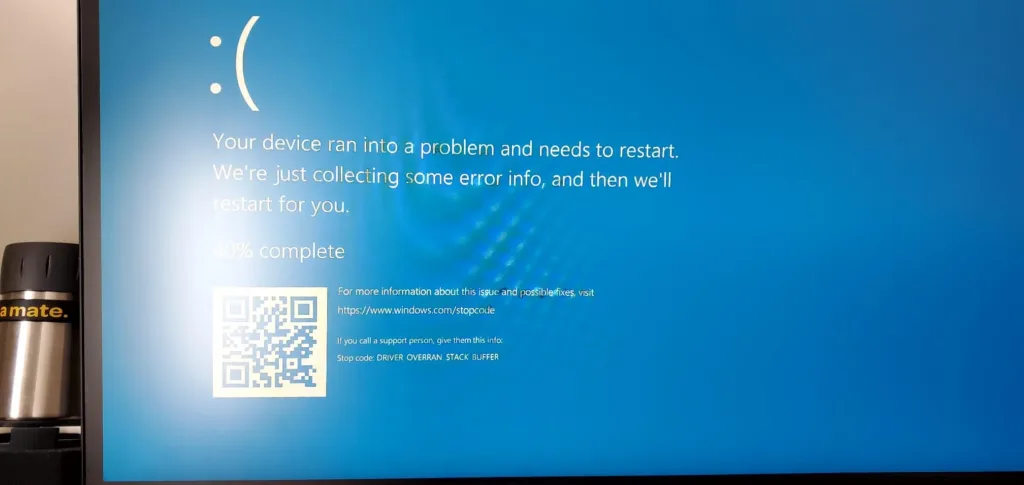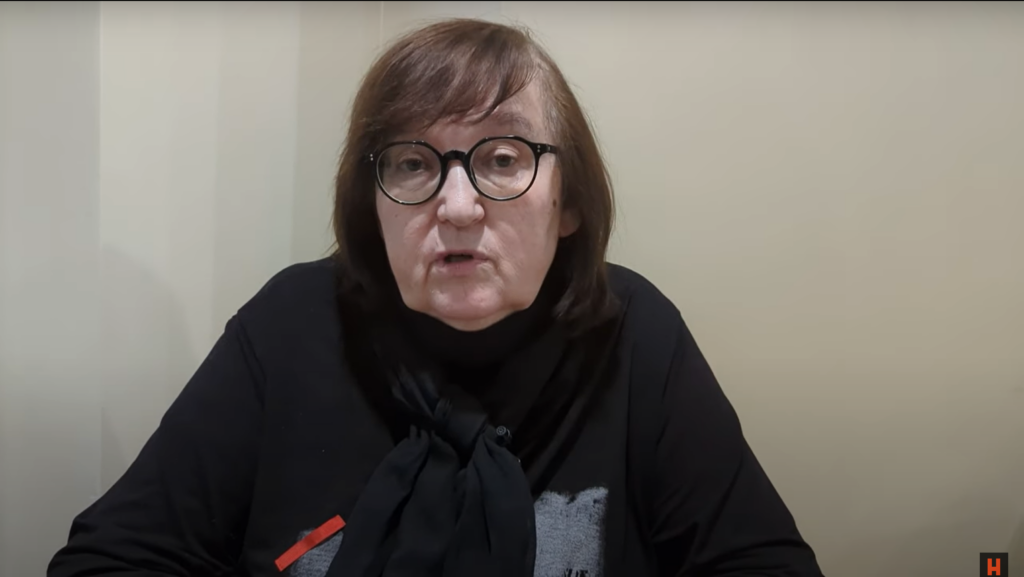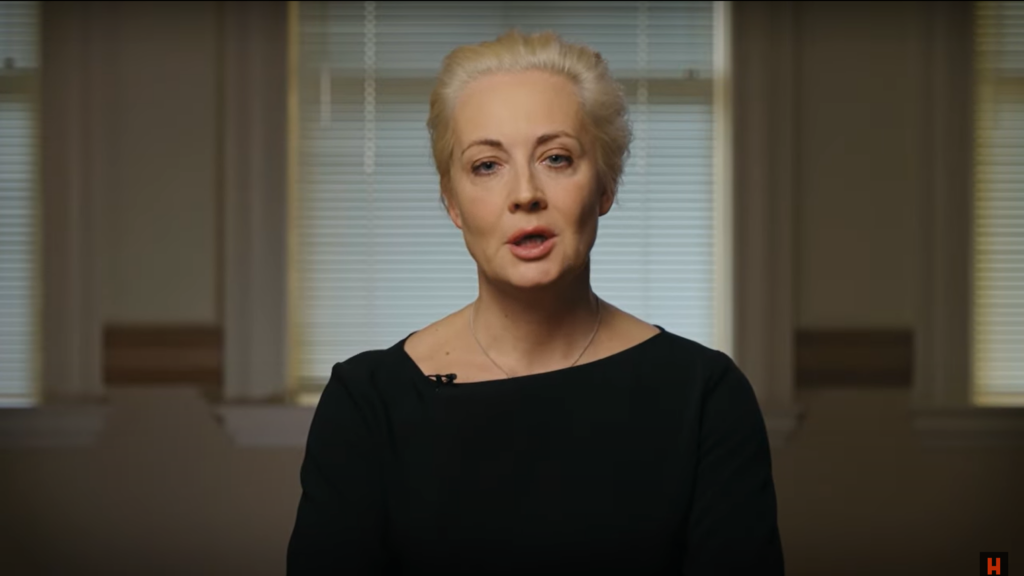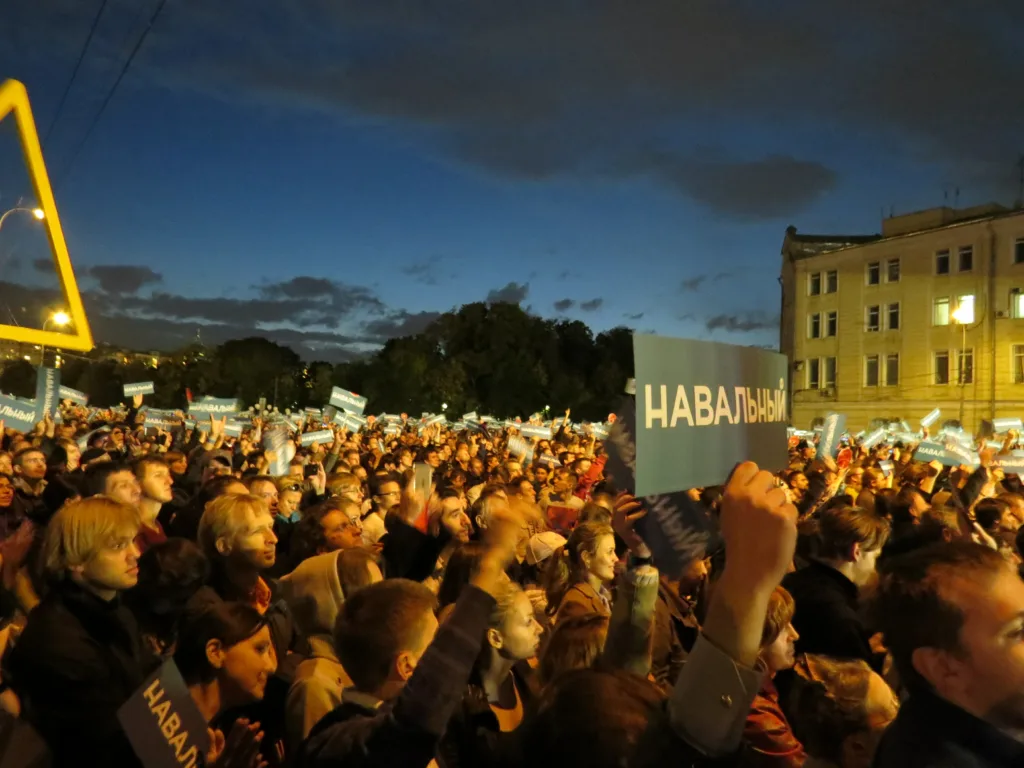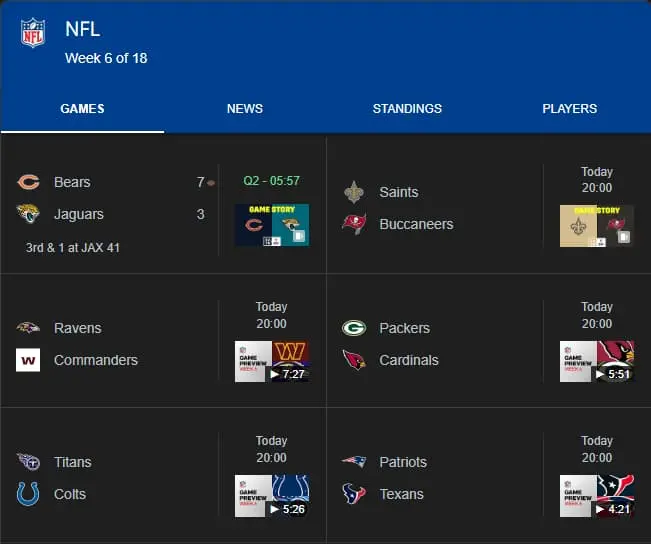Introduction:
In a tech-driven era with constant notifications, finding tranquility seems elusive. Our lives, woven with digital threads, leave us yearning for respite. Technology, paradoxically, promises to guide us toward mindfulness.
Navigating our fast-paced world means embracing the idea that devices can be instruments of serenity, not just tools for responsibilities. It’s a delicate dance between progress and peace, a blend of the digital and the contemplative—an exploration worth taking. Join me as we unravel the layers of this intricate relationship, discovering technology’s untapped potential for mindfulness in daily life.
Tech vs Tranquility.
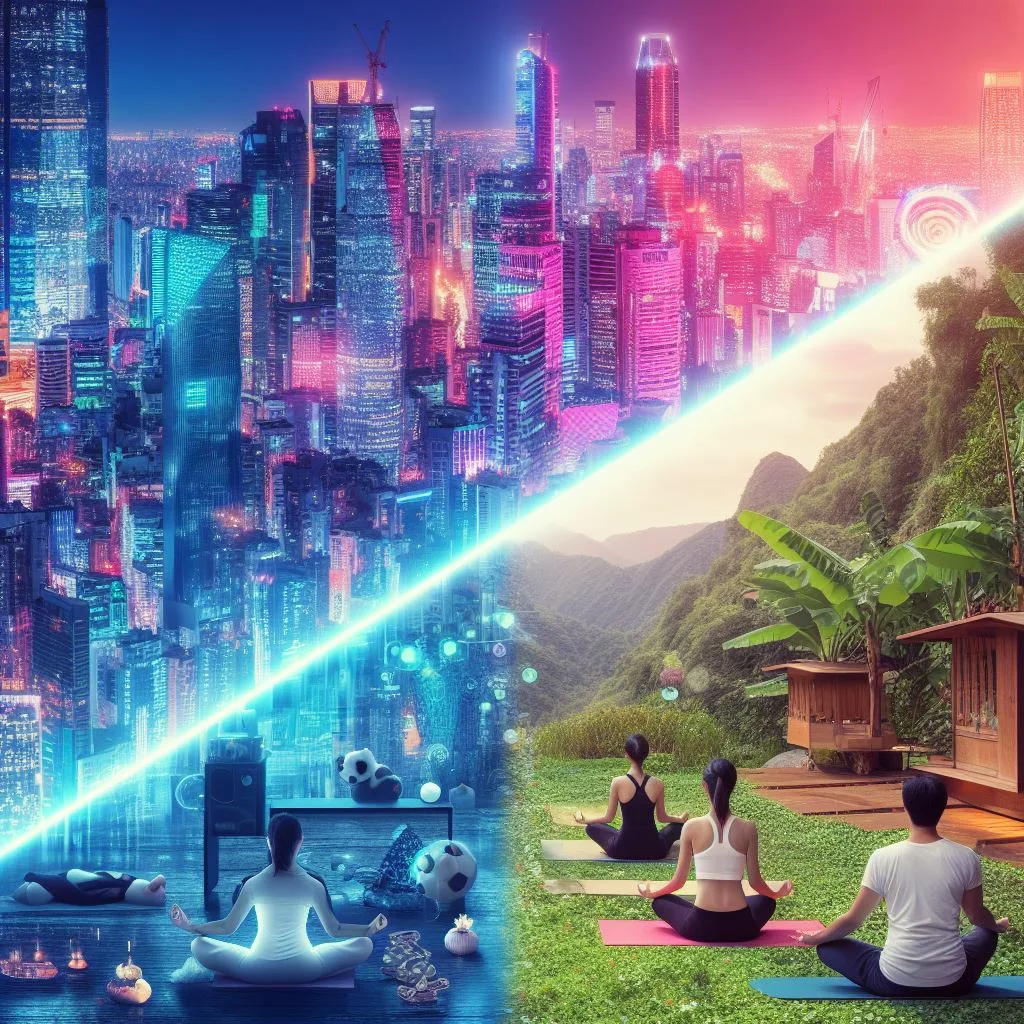
In the bustling landscape of our digital age, the title “Mindful Bytes” serves as an invitation to embark on a journey where the delicate balance between technology and tranquility is not only explored but celebrated. It’s a nuanced exploration of the digital landscape, where the seemingly intangible world of “bytes” converges with the profound realm of mindfulness.
“Mindful Bytes” encapsulates the essence of a mindful approach to our tech-driven lives. Each byte of information, every digital interaction, becomes an opportunity for conscious awareness, a byte-sized moment where we navigate the intricate dance between the tangible and the virtual. It’s a play on words that invites us to savor the richness of our digital experiences with a mindful lens, transforming each digital interaction into a byte of wisdom, serenity, and self-discovery.
The phrase also hints at the idea of mindfulness as a technology in itself—a tool to decode the complexities of our digital existence. As we navigate the bytes of information flowing through our screens, “Mindful Bytes” suggests a mindful approach as the compass guiding us through the labyrinth of constant connectivity.
In the intersection of “Tech and Tranquility,” the title paints a canvas where the fast-paced, ever-evolving world of technology merges seamlessly with the serene landscapes of mindfulness. It’s an intersection where the binary code of the digital world meets the nuanced tapestry of our inner selves. “Navigating” implies a deliberate journey, an intentional exploration of this intersection, as we chart our course through the sea of notifications, apps, and screens, guided by the compass of mindfulness.
In essence, “Mindful Bytes: Navigating the Intersection of Tech and Tranquility” becomes not just a title but an invitation—an invitation to embark on a thoughtful exploration, a mindful adventure, where the bytes of our digital experiences become stepping stones toward a more balanced and serene existence in our tech-infused world.
The Digital Oasis
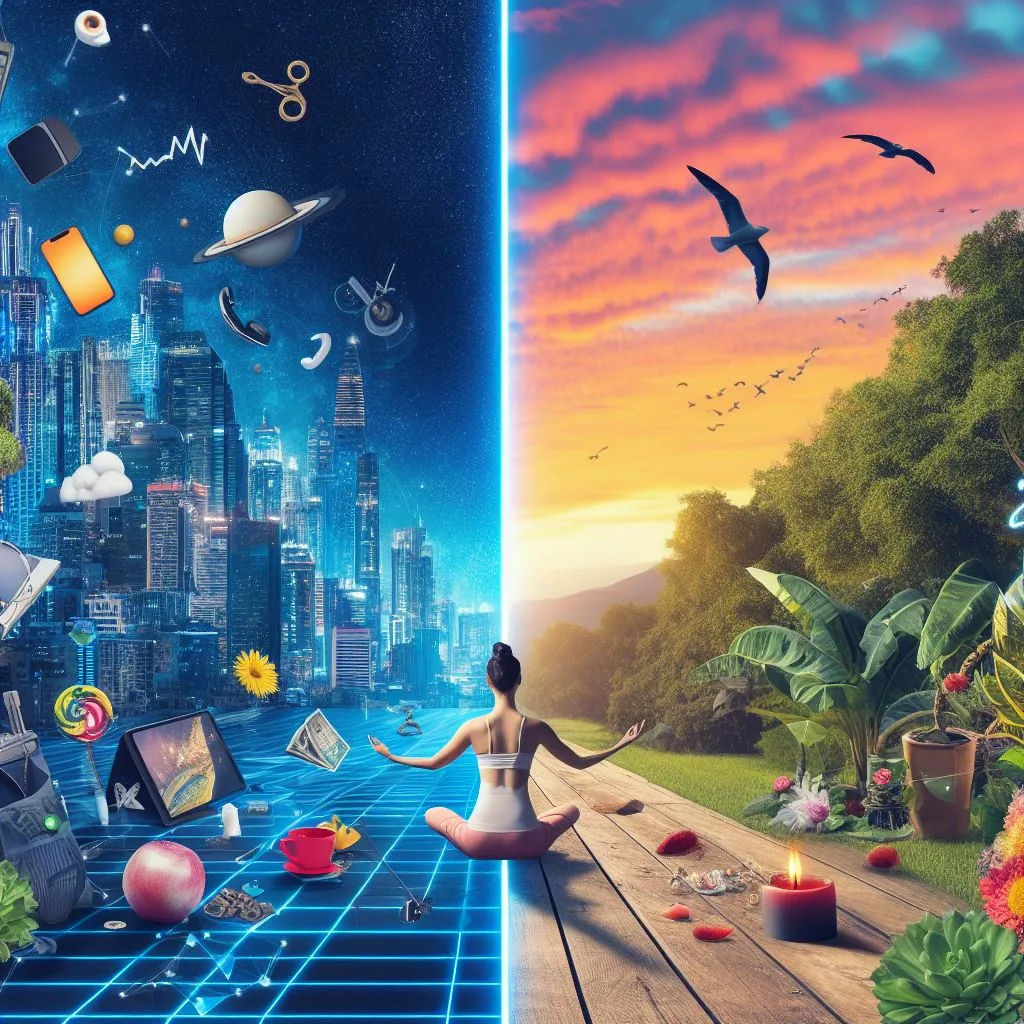
In the ever-evolving landscape of well-being, mindfulness apps have emerged as the oasis in our digital desert, transforming our smartphones into personalized sanctuaries of serenity. The rise of these applications signals a shift in our collective consciousness, as individuals seek refuge from the clamor of modern life within the quiet corridors of their devices.
Mindfulness apps such as Headspace and Calm have become the torchbearers in this digital quest for inner peace. Headspace, with its user-friendly interface and guided meditation sessions, serves as a digital guru in the palm of your hand. Calm, on the other hand, takes a holistic approach, offering not only guided meditations but also sleep stories and relaxing music, creating a comprehensive haven for tranquility seekers.
As we navigate these digital sanctuaries, it’s essential to highlight the features that make them more than mere applications. Headspace’s mindful exercises tailored for various scenarios, from commuting stress to workplace tension, demonstrate a nuanced understanding of real-life challenges. Meanwhile, Calm’s emphasis on diverse content, from meditative soundscapes to bedtime tales narrated by soothing voices, showcases a commitment to addressing the multifaceted dimensions of our well-being.
User experiences weave the narrative of how these apps transcend the virtual realm and integrate seamlessly into the tapestry of users’ lives. Stories of individuals finding solace in a five-minute guided breathing exercise during a hectic workday or achieving restful sleep through ambient sounds paint a vivid picture of the impact these digital sanctuaries can have on our daily existence.
In this digital oasis, mindfulness apps are not just tools; they are companions on our journey to self-discovery and tranquility. As we unlock the potential of our smartphones to guide us through moments of mindfulness, we redefine the relationship between technology and well-being, illustrating that even in the digital age, the pursuit of inner peace remains a timeless endeavor.
Disconnect to Reconnect
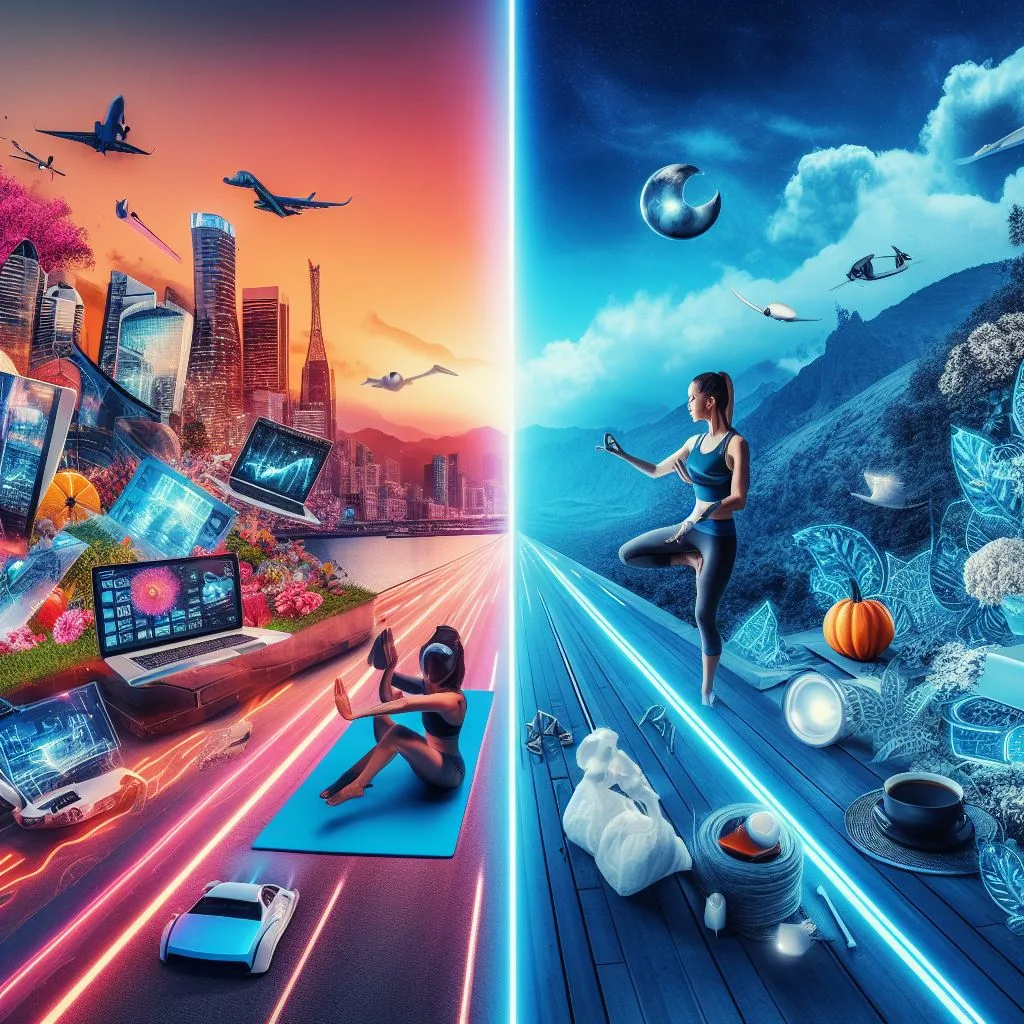
In our interconnected world, the paradoxical relationship between using technology to disconnect becomes a focal point in our journey towards mindful living. The same devices that seamlessly connect us to the world can be wielded as tools to carve out spaces for solitude and genuine connection.
The realization that we need to intentionally detach from our screens to foster authentic connections prompts a deeper examination of our digital habits. It’s not about abandoning technology but about harnessing it as a conscious choice rather than a default mode.
Setting boundaries emerges as a crucial strategy in this pursuit. Establishing designated tech-free times, whether during meals, before bedtime, or during social interactions, acts as a deliberate step towards reclaiming our presence in the moment. This intentional disconnection becomes a declaration—a commitment to engage with the world beyond the digital veil.
Digital detox tools serve as allies in this endeavor, offering a structured approach to reducing screen time and cultivating mindfulness. Apps like Forest, which gamify the process of staying off your phone, or Moment, which provides insights into your usage patterns, empower individuals to take control of their digital consumption. These tools not only act as guardians of our time but also as mirrors, reflecting our habits back to us for conscious reflection.
Creating tech-free zones within our daily routine further fortifies the boundaries we set. Designating specific spaces, such as the bedroom or the dining table, as sacred ground for analog activities fosters an environment where genuine connection and reflection can thrive. These zones become sanctuaries where the buzzing notifications and constant connectivity take a back seat to the richness of lived experiences.
In the paradoxical dance between using technology to disconnect and fostering genuine connections, the power lies in our ability to be intentional architects of our digital lives. By embracing boundaries, leveraging digital detox tools, and carving out tech-free zones, we navigate the delicate balance between the virtual and the real, ultimately reconnecting with ourselves and those around us in a more profound way.
Conclusion:
In a world perpetually entwined with the tendrils of connectivity, the symbiotic relationship between technology and mindfulness emerges as a cornerstone of our collective well-being. As we navigate the ceaseless currents of information and engagement, the need to cultivate a conscious connection with the digital realm becomes more pressing than ever.
The conclusion drawn is not one of separation from technology but of a harmonious integration—a dance between the virtual and the tangible. In this intricate waltz, we discover that the very tools that propel us into a state of constant connection can be wielded as instruments for introspection, presence, and tranquility.
The journey through the digital oasis of mindfulness apps showcases how our smartphones can transform into sanctuaries, offering refuge from the chaos of modern life. Headspace and Calm stand as beacons, illuminating the path towards inner peace through guided meditations and diverse content, illustrating that the marriage of technology and mindfulness is not only possible but profoundly impactful.
Simultaneously, the exploration of disconnecting to reconnect unravels the paradoxical nature of using technology as a means of detachment. The deliberate setting of boundaries, the utilization of digital detox tools, and the creation of tech-free zones within our daily routines serve as a manifesto for regaining control over our digital lives. In this intentional act of disconnection, we rediscover the beauty of genuine connection and the richness of experiences untainted by the constant glow of screens.
As we reflect on this intricate dance between the digital and the contemplative, it becomes clear that the relationship between technology and mindfulness is not a dichotomy but a dynamic equilibrium. By leveraging the right tools and strategies, we not only navigate but thrive in the digital age. In the delicate balance between constant connectivity and intentional disconnection, we find the serenity and equilibrium that define a mindful existence in the 21st century.
